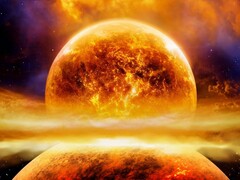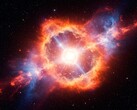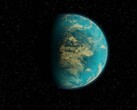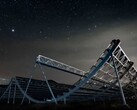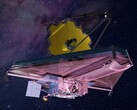If the Moon is the natural satellite of the Earth, this has not always been the case. Indeed, about 4.45 billion years ago, our planet would have been struck by a hypothetical protoplanet named Theia. The impact was so violent that many rocks were dispersed in space, allowing the Moon to form several million years later.
But if the origin of the Moon seems to be known, this is not the case for Theia. As a reminder, this celestial object would have been the size of Mars, and many mysteries surround it. Thus, for years, several hypotheses have been put forward by scientists. Some think that it would come from an area outside the solar system, while others suggest a different origin.
Indeed, according to a recent study published in the journal Science, Theia would have formed not far from Earth. It must be said that the researchers studied the composition of rocks from the Moon and Earth, and they observed many similarities.
That's not all, because by analyzing the iron isotopes present on meteors, lunar rocks, and terrestrial rocks, they discovered that Theia could have formed within the solar system, close to the Sun.
However, it is difficult to know its exact origin, as many questions remain unanswered. Therefore, further studies must be conducted in the future in order to potentially uncover the truth about this mysterious planet.




